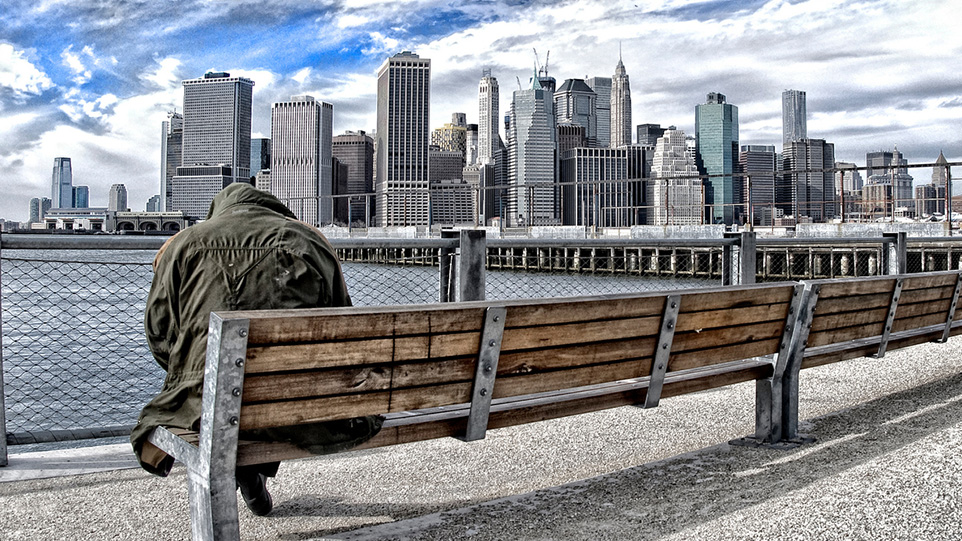Obama's Ignorant Attack on Cops
Harvard professor Henry Louis Gates, Jr.’s arrest outside his home on July 16 has triggered a familiar media frenzy on the topic of race and policing. Nothing that has emerged to date suggests that Cambridge Police Sergeant James Crowley was motivated by racial bias in arresting Gates for disorderly conduct.
The broader discussion about whether the police in general are biased has been in turn characterized by two standard lacunae: Silence about minority crime rates and about the massive benefits to urban neighborhoods from proactive policing.
Smart Policy, Straight to You
Don't miss the newsletters from MI and City Journal
This latter omission is particularly unfortunate. Public safety is the absolute precondition for reviving city economies once the recession starts to ease. President Obama’s reckless embrace of discredited ACLU stereotypes about the police last week puts that precondition at risk.
In the many inner-city police-community meetings that I have attended, from the Bronx to South-Central Los Angeles, I have never witnessed complaints about police brutality or racial profiling. Instead, I hear: We want more police and more law-enforcement activity. Ghetto residents desire the same quality of life and freedom from fear enjoyed by residents of more affluent areas.
In decades past, the often-justified racial rap against the police was that they ignored this hunger for order in poor, minority neighborhoods. A policing revolution in New York City that began in 1994, however, ended such callous neglect.
Police Commissioner William Bratton began holding his precinct commanders accountable for every crime that occurred on their watch, whether on Park Avenue in midtown Manhattan or 125th St. in Harlem.
The NYPD began obsessively analyzing crime data on a minute-by-minute basis and deploying officers to high-crime areas. This policing revolution, known as Compstat, triggered the most important public-policy achievement of the last quarter-century. Crime in New York has dropped 77 percent from 1990 to 2008, a deeper and more sustained crime decline than in any other U.S. city.
Nowhere have the effects of this crime drop been more startling than in the city’s poorest neighborhoods. Children no longer sleep in bathtubs to avoid stray bullets; they can even be seen riding bikes on streets once dominated by drug gangs.
Elderly residents can walk to the grocery store without fear of getting robbed. Vacant lots that had served as breeding grounds for crime and disorder have been snapped up and developed; national chain stores have moved into areas that they had long shunned, bringing jobs and desperately needed consumer choices. And over 10,000 minority males have been spared the bullet that would have taken their lives had New York’s homicides remained at their 1990 peak of 2,262, rather than dropping to 516 in 2008.
The data-driven Compstat method doesn’t pay attention to race. But given black crime rates, proactive urban policing will inevitably produce disparate stop and arrest rates. In New York City, for example, blacks commit about 82 percent of all shootings, though they are 24 percent of the population; whites commit less than 1 percent of shootings, though they are 35 percent of the population.
Such disparities - which are typical of violent crime across the country - mean that when the police are searching for a gun suspect, they will almost never be stopping whites based on a victim identification but will disproportionately be questioning blacks. As long as crime rates remain as unevenly distributed racially as they are, police activity will be as well.
No government welfare program has come close to effective policing in reviving inner-city neighborhoods. President Obama’s ignorant attack on the police during his July 22 press conference for picking up blacks and Hispanics "more frequently and often time for no cause" jeopardizes the public-safety gains in every city where the police have brought crime down since the early 1990s.
This piece originally appeared in Washington Examiner
This piece originally appeared in Washington Examiner

